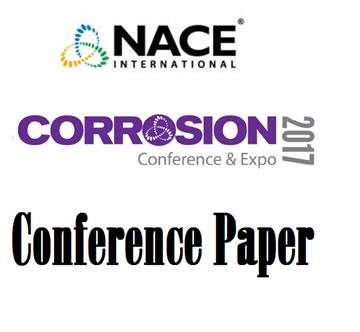Search
02472 PROCEDURE USED FOR ROOT CAUSE ANALYSIS: Pitting in Stainless Steel Tubes Associated with MnO2 Deposition
Also Purchased
02446 MICROBIOLOGICALLY INFLUENCED CORROSION FAILURE ANALYSIS OF 304L STAINLESS STEEL PIPING SYSTEM LEFT STAGNANT AFTER HYDROTESTING WITH CITY WATER
Product Number:
51300-02446-SG
ISBN:
02446 2002 CP
Publication Date:
2002
$20.00
00072 Top of Line Corrosion- Diagnosis, Root Cause Analysis, and Treatment
Product Number:
51300-00072-SG
ISBN:
00072 2000 CP
$20.00
51317--9742-Root Cause Analysis of an Upstream Pipeline Failure Due to Multiple Operating Factors
Product Number:
51317--9742-SG
ISBN:
9742 2017 CP
Publication Date:
2017
$20.00




